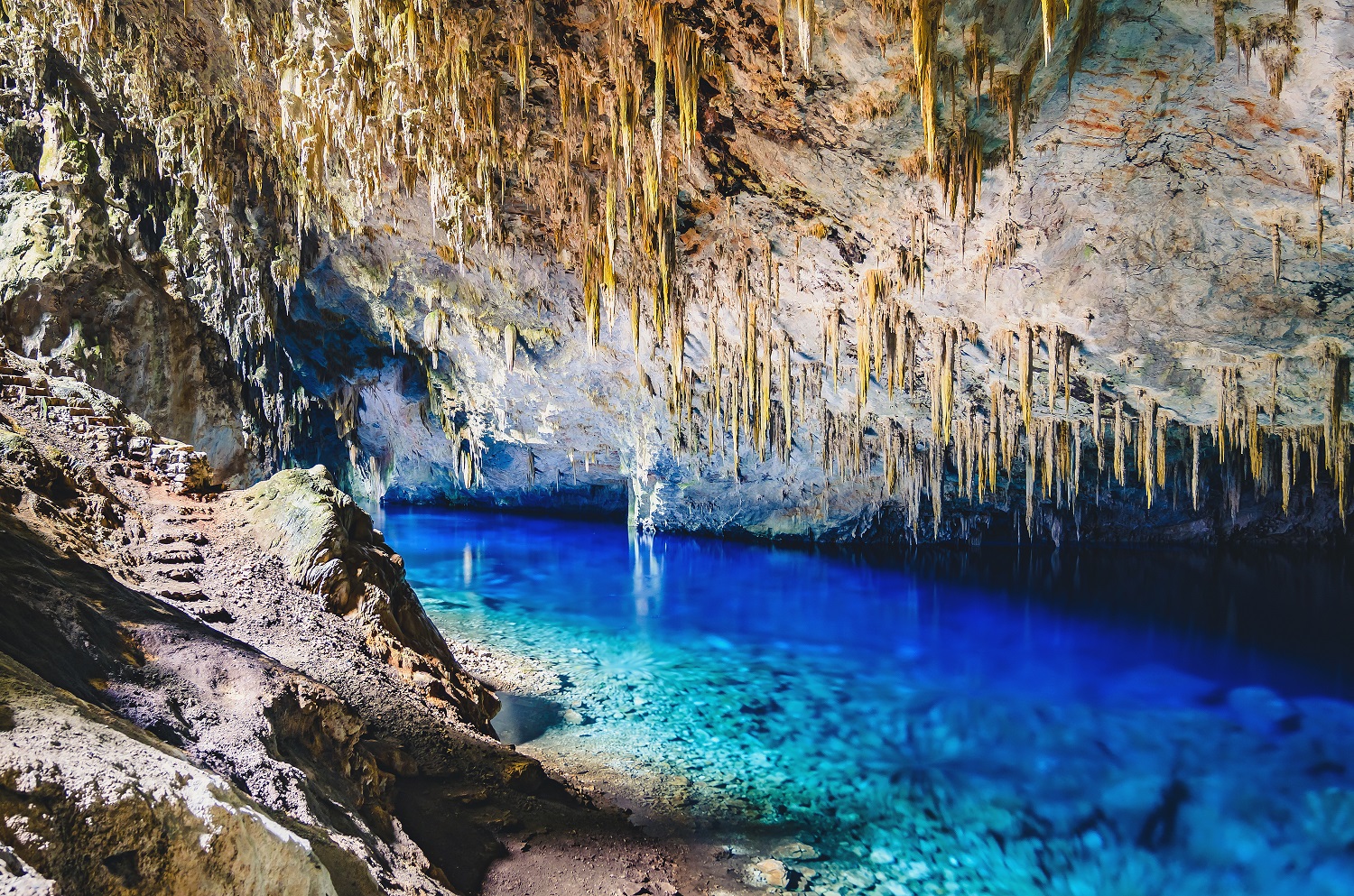RIO DE JANEIRO, BRAZIL – Brazil champions ecotourism and sustainable tourism supported by its rich biodiversity, freshwater reserves, extensive coastline, and forests preserved for centuries.
The Mamirauá Sustainable Development Reserve and the city of Bonito, an ecotourism center in the state of Mato Grosso do Sul in southern Brazil, are two examples of Brazil’s commitment to sustainable tourism as a formula for generating employment and income.
Tourism fosters inclusion promotes socio-cultural appreciation and improves sustainability by reconciling development and preservation.
The Brazilian Agency for the International Promotion of Tourism, Embratur, has promoted sustainable tourism in the country, both environmentally and socially. Tourist preferences have changed over the last ten years.

Foreign and domestic travelers are increasingly willing to pay for slightly more expensive experiences if they are more environmentally responsible and mitigate the effect of global warming.
In 2019, ecotourism accounted for about 39% of preference as the primary motivation for Spanish tourists visiting Brazil.
Brazil was highlighted last year as one of the countries that contribute the most to sustainable tourism by the World Tourism Organization (UNWTO) in a report prepared in collaboration with the World Travel and Tourism Council for the G-20.
BONITO AND MAMIRAUA
Bonito in Mato Grosso do Sul is one of the leading destinations for ecotourism and adventure tourism in Brazil. It is a paradise with crystal clear rivers and colorful fish that contrast with the deep greens of the native vegetation.
Located on Bodoquena Hill, the city is 300 kilometers from the state capital, Campo Grande, and has good access roads.
The destination has several options: diving in underwater adventures, exploring trails or climbing, rafting, floating in small natural lakes, or diving.
The destination was awarded as the best responsible tourism destination in the world by the World Responsible Tourism Awards during World Travel Market (WTM) in 2013.
In Bonito, attractions such as the Blue Lake and the Mimoso Caves, the Natural Aquarium, and the Sucuri River stand out for their beauty and provide travelers with tranquility and contact with nature.
And also, in the Mamirauá Sustainable Development Reserve, everything revolves around nature: the tourist structure, the livelihood of the inhabitants, and the local economy. The Mamirauá Reserve has the largest wetland area of any forest globally, and the landscape changes dramatically throughout the year.
Mamirauá was created as a Sustainable Development Reserve in 1996, the first to be implemented in Brazil. As a reserve, it develops a community participation model that seeks to preserve biodiversity and improve the living conditions of the people who live in the region.
The sustainable tourism experience in reserve was recognized in a report prepared by the World Tourism Organization (UNWTO) in partnership with the World Travel and Tourism Council for the G-20.
Tourism in reserve is called ‘community-based tourism’ Unlike simple partnerships with local communities in need, which often have no lasting benefit for these families, tourism in Mamirauá is dedicated to the sustainable development of the region and its people.
The best example is the Uakari Lodge, a floating bungalow space managed by the Mamirauá research agency in conjunction with local river communities.

